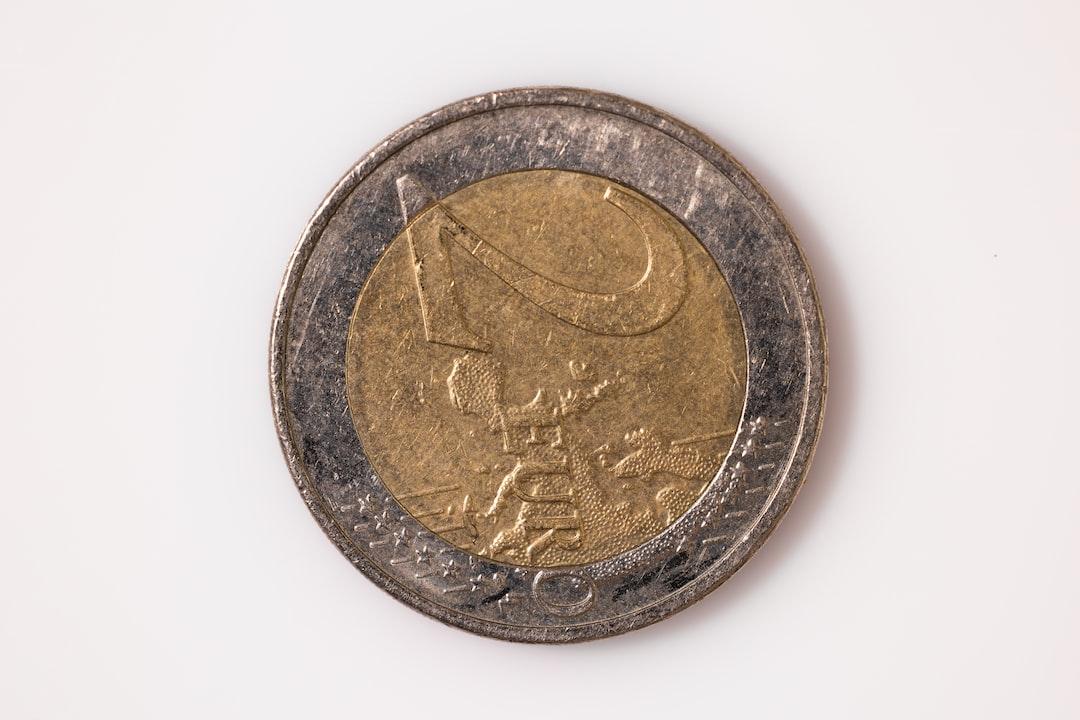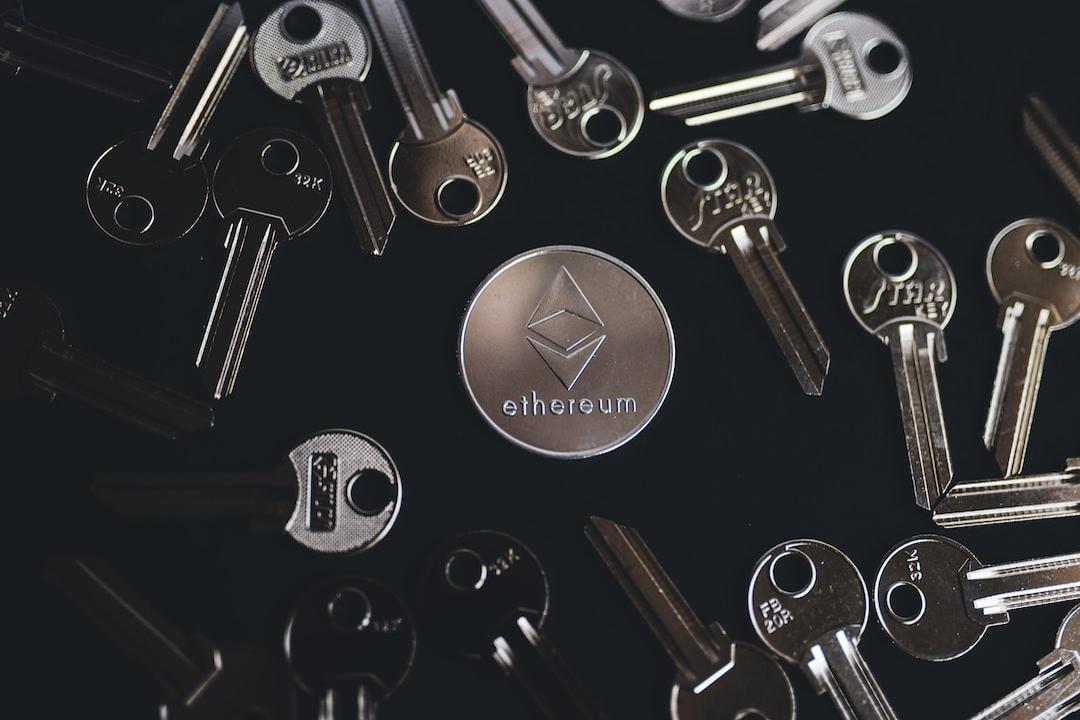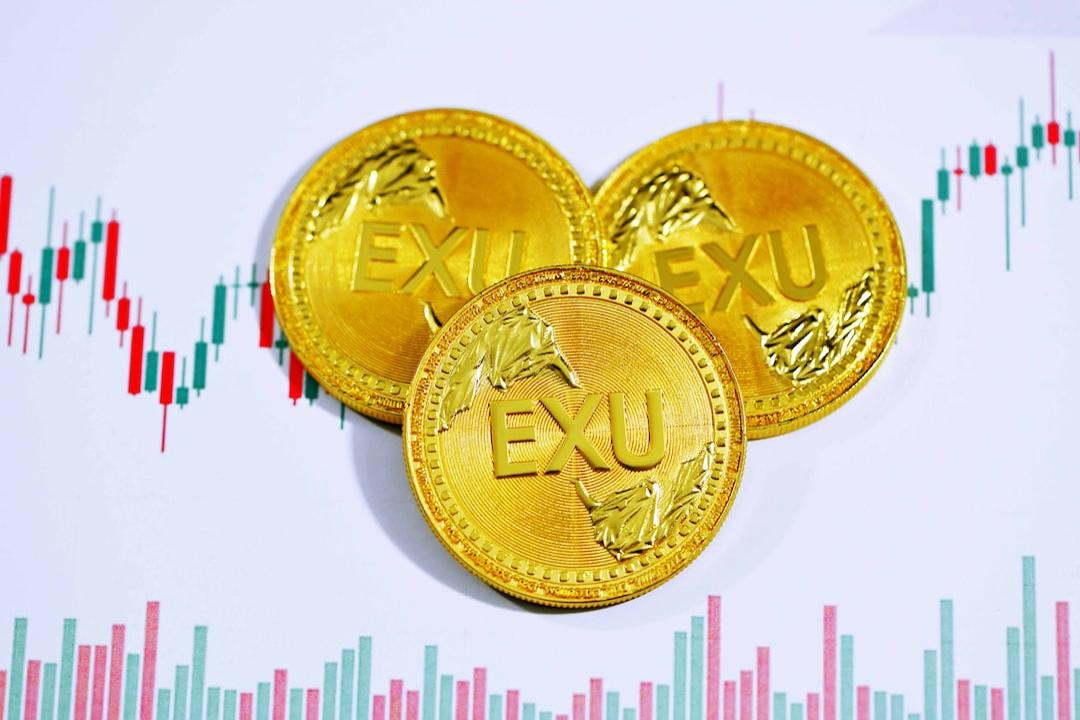Title: Mind-shifts Amidst The Chaos
Author: The Learning Pill (@thelearningpill)
Translation: Odaily Planet Daily Researcher Asher (@Asher_0210)

In the uncertain world of the cryptocurrency market, the support provided by technical analysis and tokenomics is limited. The true competitive advantage comes from mindset: the psychological models that can influence decision-making under complex market conditions. In other words, successful cryptocurrency investment relies not only on fundamental analysis or market trends but also on mastering the ability to think from a probabilistic perspective, deeply understanding the second-order effects in the market, seeking asymmetric investment opportunities where returns far exceed risks, constructing anti-fragile strategies that gain resilience amidst turbulence, clearly assessing the opportunity costs of each investment, identifying and following emerging market narratives, effectively managing one’s attention to avoid noise, maintaining a long-term investment perspective, avoiding linking personal identity to investment performance, and focusing on optimizing the investment process rather than a single trade outcome.
Table of Contents
- 1. Probabilistic Thinking: Replacing Certainty with Odds
- 2. Second-Order Effects: Insights Beyond the Surface
- 3. Asymmetric Risk-Reward: The Only Game Worth Playing
- 4. Anti-Fragility: Benefiting from Chaos
- 5. Opportunity Cost Awareness: The Hidden Tax of Poor Decisions
- 6. Narrative Literacy: Interpreting Markets Before Stories Are Written
- 7. Cognitive Focus: Protecting Your Attention
- 8. Expectation Value Orientation: Focusing on Process, Not Results
The true Alpha lies in individual thinking styles.
Most cryptocurrency investors fall into binary thinking: “This project will definitely increase tenfold” or “The market will certainly crash.” This absolutist mindset leads to overconfidence, poor position allocation, and emotional breakdowns when predictions fail. Efficient cryptocurrency investors, on the other hand, assign probabilities to various possible outcomes and make decisions accordingly. Rather than saying “ETH will surely rise to $10,000 this year,” it is better to say “ETH has a 30% chance of rising to $10,000, a 50% chance of fluctuating between $3,000 and $5,000, and a 20% chance of falling below $2,000.”

Probabilistic thinking allows one to:
- Reasonably allocate positions based on risk;
- Prepare response plans for various possible scenarios;
- Make rational decisions amidst uncertainty;
- Maintain emotional stability during extreme market fluctuations.
When using probabilistic thinking, investors are never entirely wrong; they simply adjust the probability distribution as new information arrives.
Ordinary investors tend to react instinctively to news, while efficient cryptocurrency investors ask, “What will happen next?” For example, when China banned cryptocurrency mining, many panicked and sold off. However, those who thought from the perspective of second-order effects realized that this would lead to decentralization of mining, potentially enhancing Bitcoin’s long-term risk resistance, allowing them to make appropriate arrangements.

Second-order effects train one to think automatically two or three steps ahead, helping to:
- Predict market trends in advance;
- Identify hidden risks behind seemingly positive news;
- Discover concealed opportunities in seemingly negative news;
- Position oneself ahead of public reactions.
The most profitable insights often lie in these second or third-order effects, which many investors completely overlook.
Conventional wisdom leads you to search for “good investments,” but efficient cryptocurrency investors look for asymmetric investment opportunities, where the potential rewards far exceed the downside risks. Asymmetric risk-reward means that a portfolio should be able to withstand countless small losses while also capturing the occasional massive gains, including:
- Adjusting position sizes so that even complete failures won’t significantly harm your portfolio;
- Seeking opportunities that could lose 1x but earn 10x, 50x, or even 100x;
- Exchanging lower success rates for greater returns;
- Avoiding situations with moderate returns but accompanied by catastrophic downside risks.

Especially in the cryptocurrency domain, the distribution of returns follows a power law, where a life-changing winner can outweigh decades of “safe” traditional investments.
Most investors aim for resilience, the ability to survive volatility. However, efficient cryptocurrency investors construct anti-fragile strategies that strengthen their positions amidst market chaos, including:
- Maintaining sufficient cash reserves for use during market crashes;
- Accelerating dollar-cost averaging (DCA) during downtrends;
- Focusing on protocols that can attract users/increase revenue during market stress;
- Utilizing volatility itself as part of the strategy (e.g., options strategies).

While others are striving merely to weather the storm, anti-fragile investors quietly seize the opportunity to strengthen their positions.
Every investment decision has a shadow cost, namely “what else could have been done with this capital that would have been more advantageous,” and efficient cryptocurrency investors closely calculate opportunity costs to improve the efficiency of their portfolios. Opportunity cost awareness means:
- Regularly reviewing positions to see if there are better opportunities;
- Having the courage to cut losses when capital can be employed more efficiently elsewhere;
- Understanding that holding underperforming assets is not “neutral,” but rather wasting capital;
- Setting clear stop-loss criteria and promptly liquidating positions that fail to meet performance targets.

The true cost of mediocre investment is not only returns falling short of expectations but also the missed opportunities that could have generated exceptional returns.
The market attracts capital flow based on narratives rather than fundamentals. The ability to identify, assess, and position for upcoming market narratives early may be the biggest competitive advantage in the cryptocurrency market. Narrative literacy means:
- Differentiating between short-term hype and enduring stories;
- Understanding which narratives can truly drive sustained capital flow;
- Identifying whether narratives are nearing saturation or exhaustion;
- Positioning ahead of narrative shifts rather than chasing established trends.

This is not merely about following hype but deeply understanding why certain viewpoints can attract the collective imagination of the market and what that means for capital flow.
In the 24/7 information stream of the cryptocurrency world, the scarcest resource for investors is not capital but attention. Efficient cryptocurrency investors strive to focus on projects because they know that most “news” is actually noise that hinders focused analysis, including:
- Establishing information filters to exclude low-signal inputs;
- Setting clear criteria to determine what is worth paying attention to;
- Building systems to help investors distinguish true signals from noise;
- Scheduling dedicated deep work time for research and analysis.

The highest returns come from deep thinking on a few key matters rather than shallow attention to everything.
Most investors are always overly focused on single trade results, while efficient cryptocurrency investors concentrate on the positive expected value of their decision-making systems across multiple iterations. Shifting from outcome-oriented to process-oriented means:
- Not being discouraged by inevitable losses;
- Evaluating decisions based on available information at the time, rather than hindsight;
- Continuously improving the decision-making process rather than getting caught up in individual trades;
- Understanding that even good decisions may lead to undesirable short-term results.

By focusing on the expected value across multiple decisions rather than the outcome of a single trade, one can establish a sustainable approach that accumulates over time.
As the cryptocurrency market matures, the greatest competitive advantage for investors will be their mindset. The aforementioned thought models are not just abstract concepts; they are practical thinking tools that can help investors distinguish themselves from those caught up in FOMO and panic. The good news is that while the market is unpredictable, the way we think can be controlled. By consciously cultivating these shifts in mindset, investors can maintain clarity and confidence even during the market’s most turbulent times, something most participants lack. Do not merely update trading strategies and mindsets to cope with the current market cycle.
Original link, translated from Odaily Planet Daily: “The real alpha is not in desperately searching for targets, but in mastering this set of mental frameworks.”

